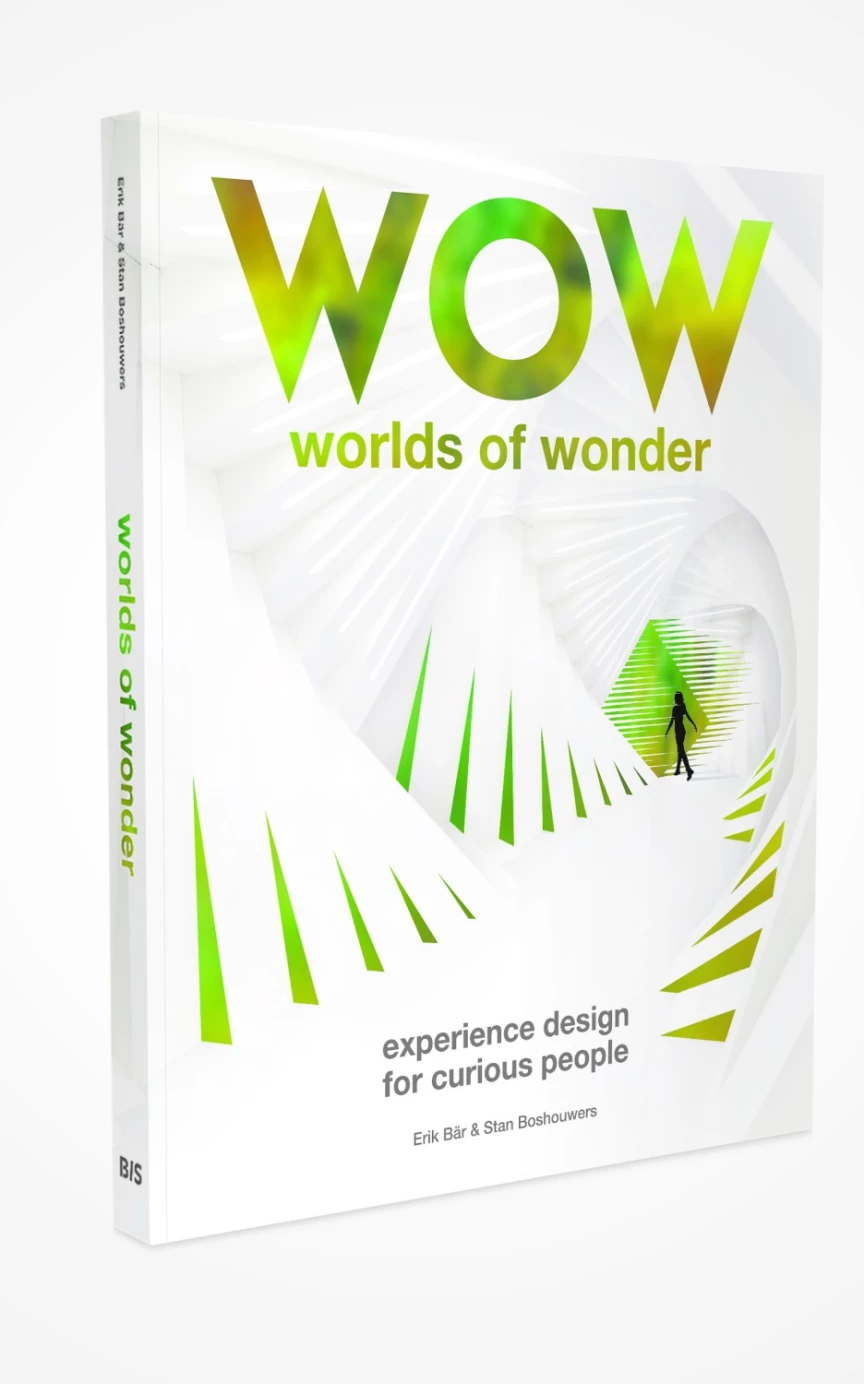we are experience designers
time well spent - contemplating experience design
The 2020 edition of ‘The Experience Economy’ predicts time, attention and money as the key drivers of consumers’ behaviour in the 21st century. The ‘economics of attention’ gives way to a great new position for museums and other types of visitor centres. They will have to change the way they design their exhibitions, though.
The Book. In 1999, Joseph Pine and James Gilmore published their seminal book The Experience Economy. A global bestseller that put experiences on top of the pyramid of economical offerings. Experiences would soon be surpassing goods and services as the vital thing consumers are after. After 20 years, their ideas proved to be visionary. Anno 2020, we live in an economy where the experience of a product seems to be far more important than the product itself.
Among many others, their original vision gave a boost to visitor spots like restaurants, hotels and brand experience centers, since companies understood they should offer their goods and services by way of making them ‘experiental.’ Cultural visitor centres like museums jumped on this train as well. In the past 20 years they went from collection-based to visitor-based. That is to say, their operational focus shifted from objects displayed by curators to moments experienced by people. Our design agency, developing immersive spaces for just those clients, went from a modest team of four, to a staff of forty. One could say we owe the authors one.

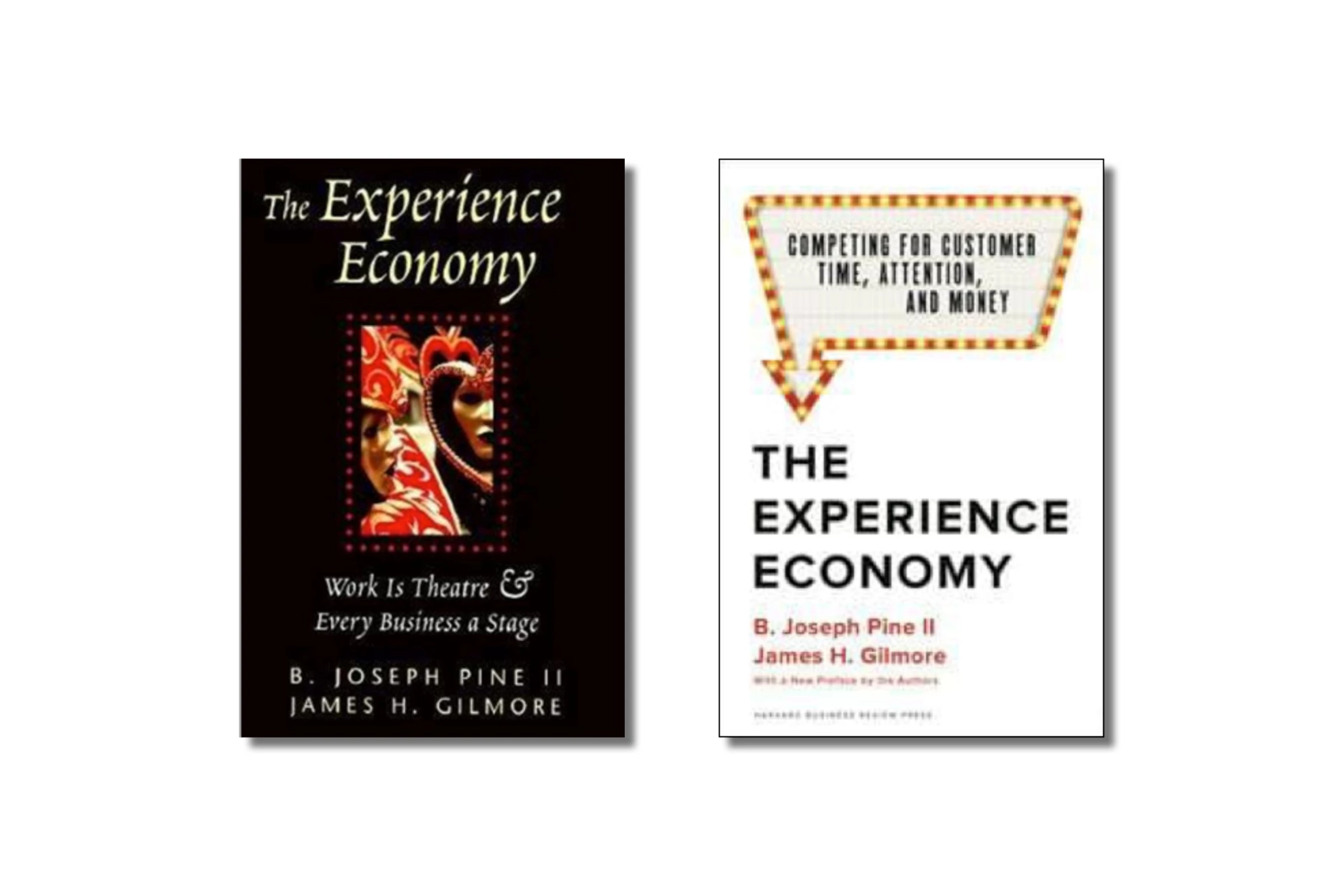
The shape shifter. The new release of The Experience Economy bears a new subtitle and this is telling. The original Work is Theatre and Every Business is a Stage was changed into Competing for Customer Time, Attention, and Money. The authors see time, attention and money as the fundamental drivers of the new experience economy, where the scarcity of time and the even higher scarcity of focused attention are the keys to generating value.
People acquire services to save their time (time well saved), while they acquire experiences to enrich their time (time well spent).
Again, experiences prove to be the highest of sorts. To quote the authors: people acquire services to save their time (time well saved), while they acquire experiences to enrich their time (time well spent). Take yourself as an example of this simple truth: you don’t spend your precious free time to undergo experiences that are as short as possible, you want them to be good! And when they are good, they might last a little longer, you are willing to stretch your time for that. This is elemental. If you earn your salary from people spending their precious free time, it is important to understand the dynamics behind it.

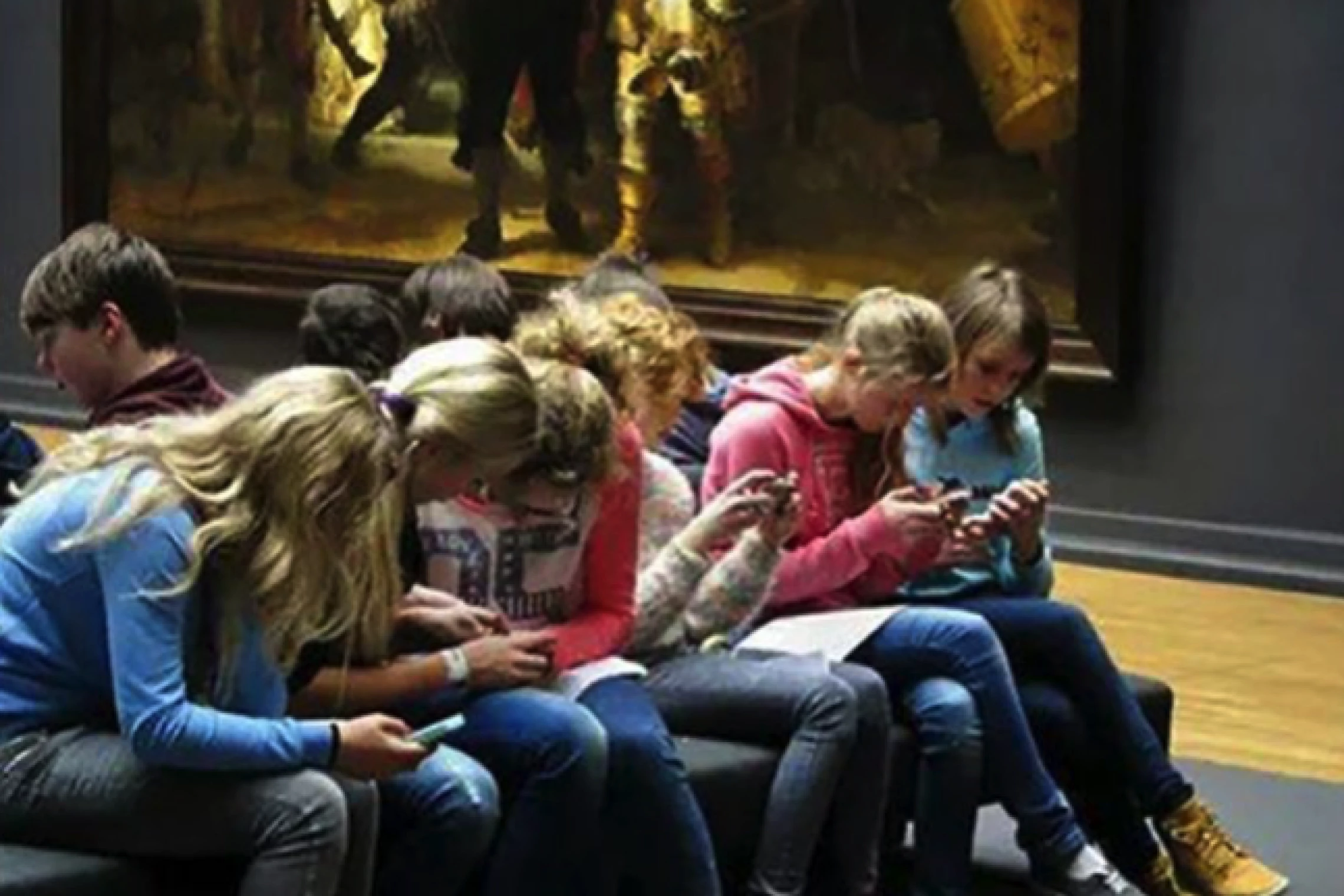
Thanks to the digital revolution, consumers have the world at their fingertips so we can reach anyone, anywhere in the world. We can do this in an instant, and almost for free. But since ‘we’ is everyone, it is harder than ever to get peoples’ attention. The time spent on a specific TV channel before zapping away is measured in minutes, while time spent on a single website is measured in seconds. Yes, children spend four hours a day behind a screen while their parents spend six. That looks like an easy catch for marketeers and cultural storytellers: we never spent so much time on a single device. But that is not one medium, it is dozens of channels and apps. Each of those is run by an operator, trying to get and keep their attention. That’s the new experience economy. Are you still with me?
The idea of an economy based on time and attention might be great news for museums and other types of visitor centres.
Museums and visitor centres. People in charge of cultural communication sometimes act dramatic about these numbers: we are drowning in data! But here’s a hidden gift for them: the idea of an economy based on time and attention might be great news for museums and other types of visitor centres. By their nature, they are the ultimate strongholds for getting dedicated time and attention from audiences. People spend an average of two to four hours within their walls, with full, undivided attention to a carefully directed storyline. Compare that to digital media and television! In terms of ‘time well spent’ museums and vistor centres might be the winners of this new economy, once they know how to utilize their vital position.

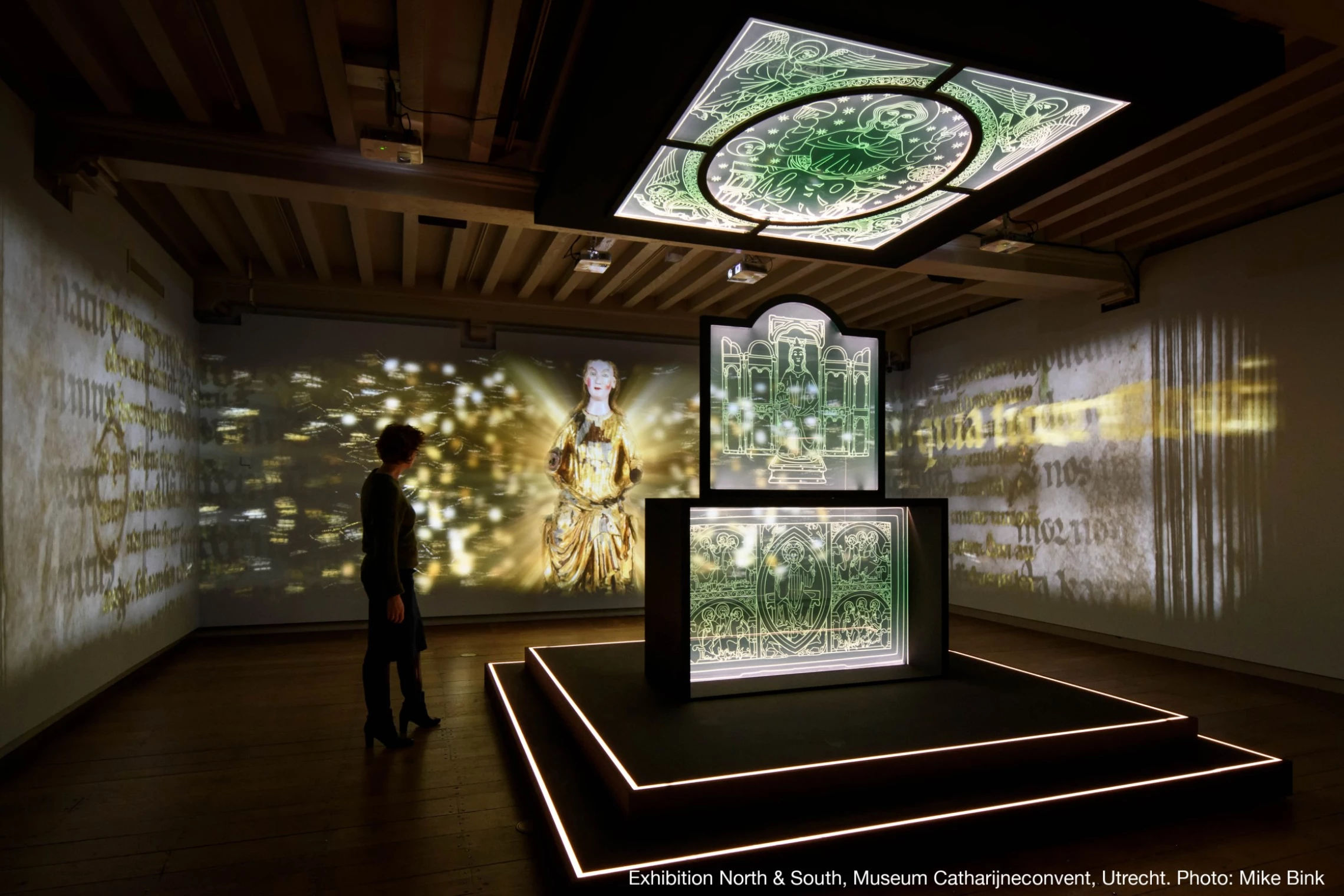
Visitors. While Joe was writing on his new Experience Economy edition, we were working on ours. Worlds of Wonder, our second publication, was all about immersive storytelling, a way of communication that uses places and spaces as the narrative medium. Visitors are put central in that medium and their awareness of the story is what counts. This is called experience design. New media technologies recently gave a boost to this way of working so we decided to write a book about it. We happily exchanged ideas with Joseph Pine during the writing process, especially about the phenomenon of transformation by todays’ audiences. I will come back to that in a later article.

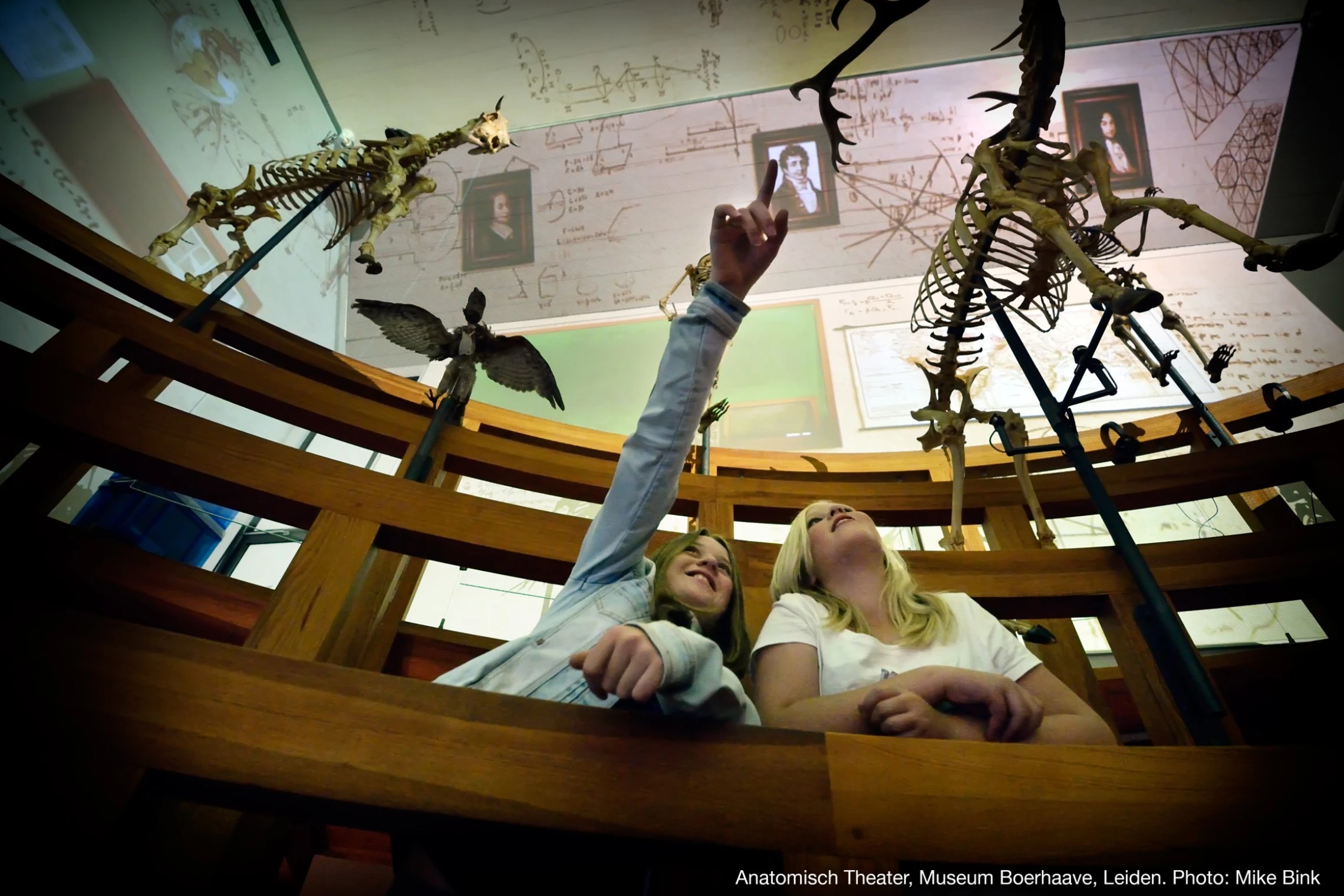
A new way. We see great opportunities in the new time/attention conundrum. Museums could become ‘temples of the muses’ again, offering an enlightening experience of time to their visitors. Where other media are about saving it, museums could be about joyfully consuming it. When done well, the experience of time itself would be of a different nature. It goes from Chronos, the economical spending of time, to Kairos, the joyful being in it; time well spent indeed. Aside from movie theatres and holidays breaks, I wouldn’t know of any other medium to accomplish that.

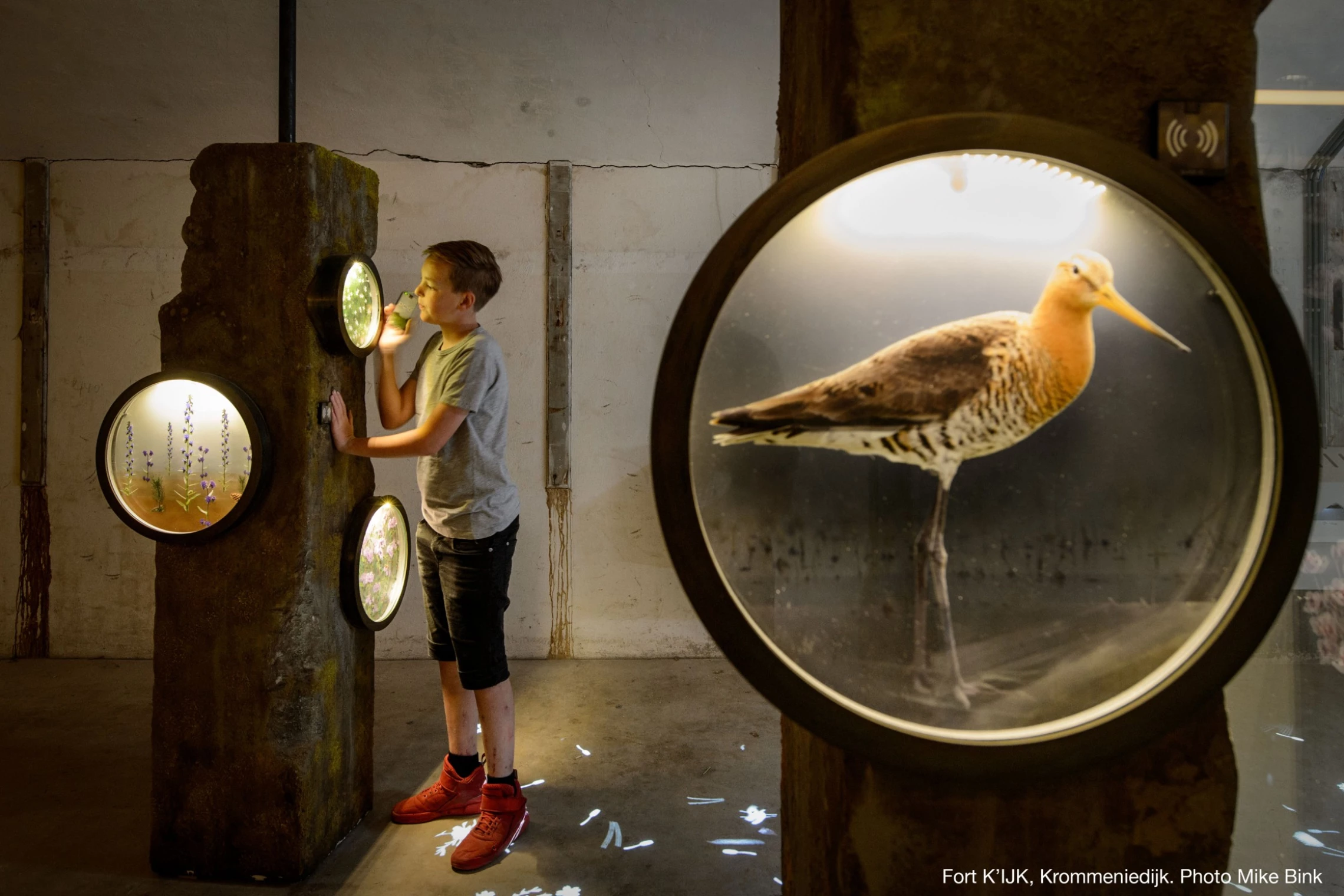
One could argue that visitor centres like museums already are in the business of offering quality time. Well, yes, that might their mission. But their offerings often seem to be targeted at the spectacular and the superfluid. In trying to bombard the senses, experience design seems to be a hedonistic practice instead of the art of guiding attention. In a way, popular museums resemble smartphones. The abundance of objects, stories and interactives so often seen in popular museums, the nervous ways of marketing and the hypercyclic programming, refer to a 19th century idea of divertissement: intentionally mixing up peoples’ perceptions to draw them away from their dreadful daily lives.
In trying to bombard the senses, experience design seems to be a hedonistic practice instead of the art of guiding attention.
Slow down! Life in the 21st century is all but dreadful. It can even be too much sometimes. Maybe, people can use a little relief from the daily chaos. There could be a longing to be immersed in beautiful storytelling. If this is true, experience design might have to undergo a second transition: from the sensational to the sensitive. In generating ‘time well spent’, museums might focus their interiors and programming on attention, intention, and flow. Of course, there is nothing wrong with wonder and excitement. But wonder happens in moments and excitement is always about something.

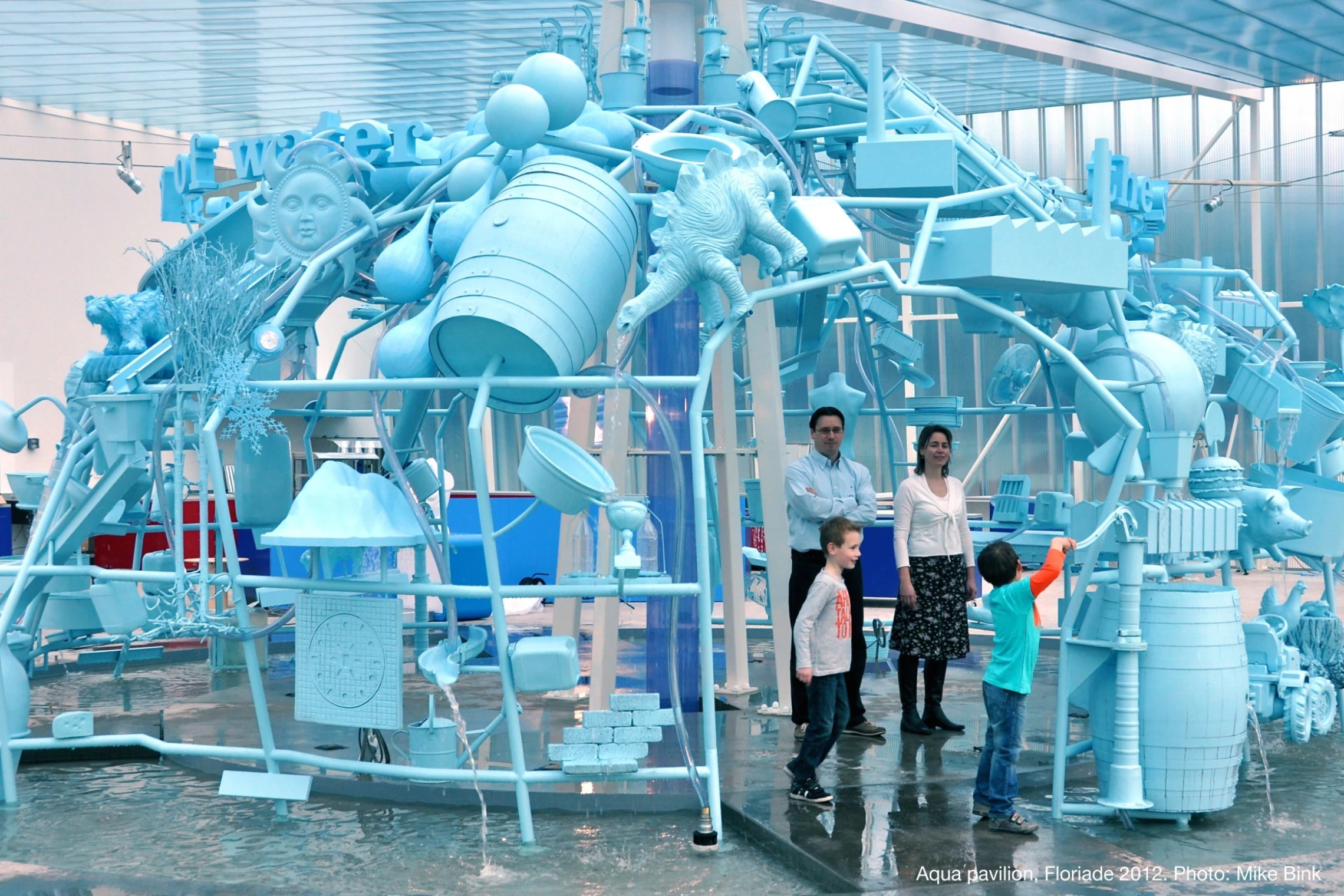
Seen this way, it is time we take experience design to the next level: it is literally about designing attention in a bewildered world. Aimed at making sense, more than it is about sensation. About slowing down instead of speeding up. About purposeful wonder and intellectual delight. About mindful concentration and spirited storytelling. There is a world to win here. And a thrilling list of candidate projects.
This is the second article in a series about Worlds of Wonder, Experience Design for Curious People.

